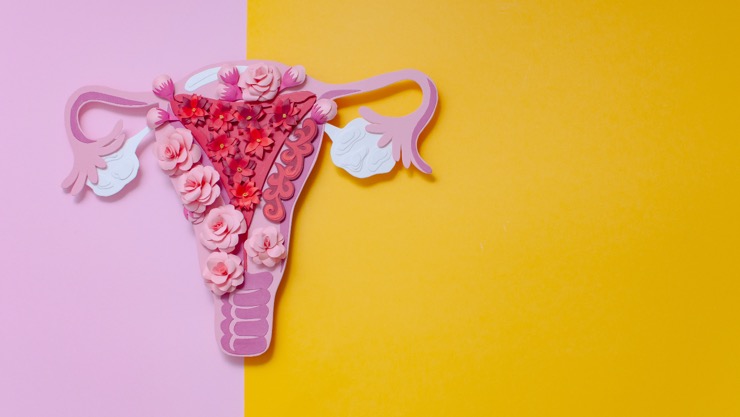Period pain is very common, and women of any age can suffer from period pain. But when the same pain tends to become chronic and at times, unbearable, it could mean something else.
With tens of thousands of hospitalisations around the world each year, one of the biggest reasons for chronic period pain is Endometriosis. It has no cure but only treatments to relieve its symptoms.
Endometriosis causes the inner lines of the uterus to develop and grow outside where it doesn’t belong, causing heavy and painful periods, coupled with chronic abdominal pain, weight gain, and much more. However, some women will have no symptoms, while others might have all of them, but still, not one, which makes Endometriosis a mysterious condition.
The exact reason behind Endometriosis is also unknown, and even though there are several studies conducted, none of them explains all aspects of this condition.
So, how do we know if someone has Endometriosis?
Here are the most common symptoms of Endometriosis to keep an eye on for;
Painful periods
In a normal menstrual cycle, the inner lining of the uterus builds and then sheds. However, the lining grows outside for women with Endometriosis, causing inflammation, swelling, scarring, and immense pain.
The pain can also manifest into lower and abdominal pain during or after the menstrual period.
Infertility
Because Endometriosis causes inflammation in the pelvic structure, scarred fallopian tubes, distorted immune system, changes to hormones, and altered egg quality, it also influences infertility.
According to Jean Hailes For Women’s Health, about one-third of women with Endometriosis have trouble with fertility, most likely requiring a laparoscopy for diagnosis.
Ovarian cysts
When the endometriotic tissue grows on the surface or inside the ovaries, it causes pathological cysts or ovarian cysts. And over time, Endometriosis causes the ovaries to fill with blood, leading to debilitating pelvic pain as well as an increased risk of ovarian cancer.
The only way to diagnose ovarian cysts is by using ultrasound and subsequent re-tests to examine if it’s really ovarian cysts. Unlike other functional cysts that become smaller over time, they tend to remain the same size.
Irregular periods
One of the most common symptoms of Endometriosis is irregular or abnormal periods. Because Endometriosis causes the body to have more lining to shed, periods become heavier and longer than usual. Most often, a GP will prescribe a hormonal contraception pill to reduce the symptoms of an irregular and painful period. While Endometriosis never causes the period to stop altogether, it definitely impacts a person’s menstrual health in some ways.
Mood swings and deteriorating mental health
Along with all the physical issues, women with Endometriosis also suffer from mood swings, anger, and depression.
Being diagnosed with Endometriosis is a stressful event because it’s much more than painful periods. With concerns about infertility, painful intercourse, and the inability to work and handle day-to-day activities, Endometriosis is a stressor for deteriorating mental health and mood swings.
Reduced quality of life
Endometriosis can have a disabling effect on a woman’s life. It can significantly affect a person’s day-to-day life, sexual and social relationships. Often women miss work, school, sports, and other social events due to their inability to relieve from Endometriosis symptoms.
In fact, according to the Australian Institute of Health and Welfare, Endometriosis caused an estimated $7.4 billion losses in Australia due to reduced quality of life and productivity losses.
Treating Endometriosis
One of the best ways to treat Endometriosis is to stay informed and seek help from your doctors if you notice any symptoms.
To confirm a diagnosis, your doctor will initiate testings and medical examinations.
And considering these symptoms aren’t exclusive to only Endometriosis, a visit to your doctor is the best chance to diagnose one.

